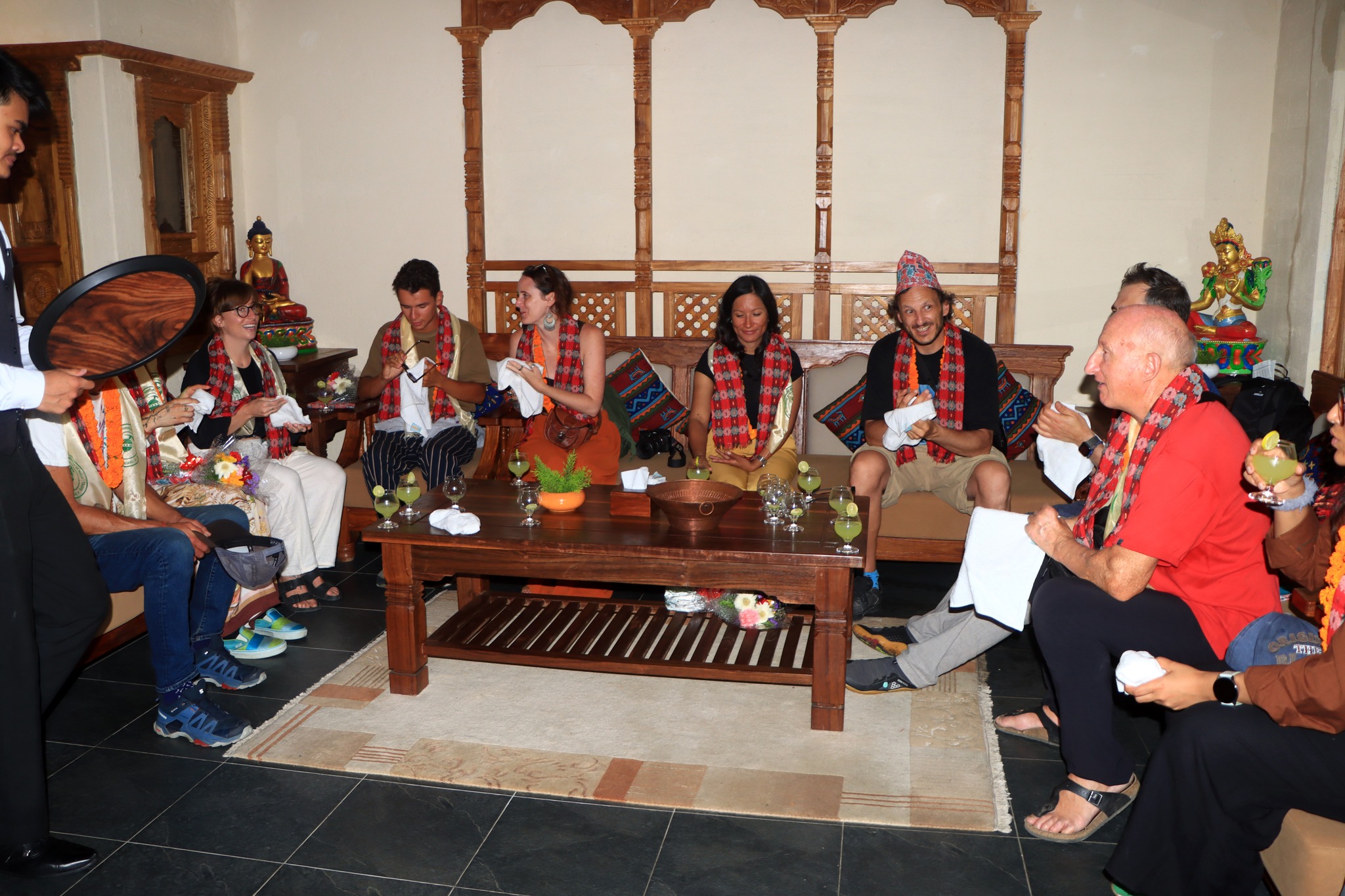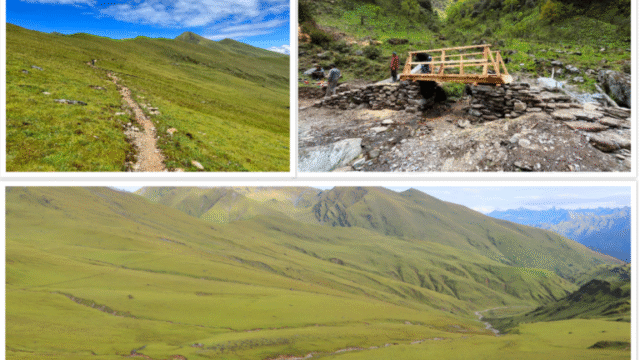The much-anticipated Diamond Jubilee celebrations commemorating the 75th anniversary of the first successful ascent of Annapurna I (8,091m) have officially begun. The historic occasion is being marked through a series of special programs, starting today and continuing through Jestha 19 (June 2, 2025), with events taking place at the Annapurna North Base Camp, located in the Myagdi district of Nepal.
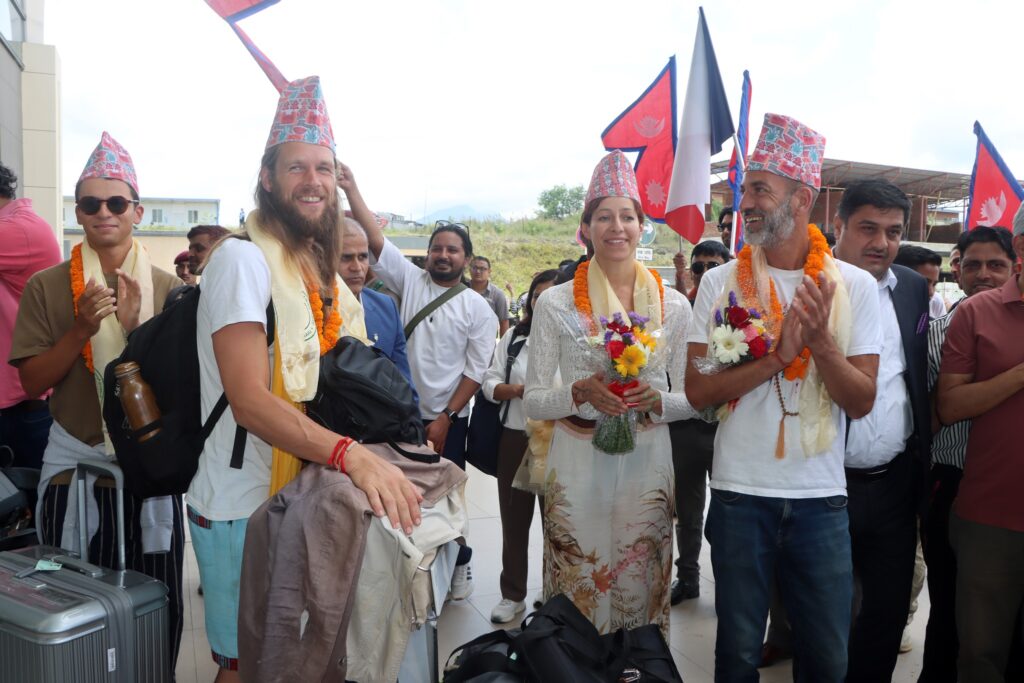
The celebration is jointly organized under the leadership of the Nepal Tourism Board (NTB) Gandaki Province, Trekking Agencies’ Association of Nepal (TAAN) Gandaki, and Annapurna Rural Municipality of Myagdi, bringing together both Nepali and French dignitaries, mountaineers, and tourism stakeholders.
French Delegation Arrives in Pokhara with Herzog’s Legacy

One of the highlights of the event is the presence of a high-level 55-member delegation from France, including family members of Maurice Herzog, the leader of the first expedition to summit Annapurna I on June 3, 1950. Among them is his son, Mathias Emmanuel Maximilian Herzog, along with other members of the Herzog family. They arrived in Pokhara on Friday and were warmly welcomed with a traditional Nepali cultural reception. According to TAAN Gandaki Chair Krishna Prasad Acharya, the French team also participated in local sightseeing and presented a cultural performance, showcasing a harmonious blend of the two countries’ mountaineering legacy.
Trekking and Heritage Trail to Base Camp
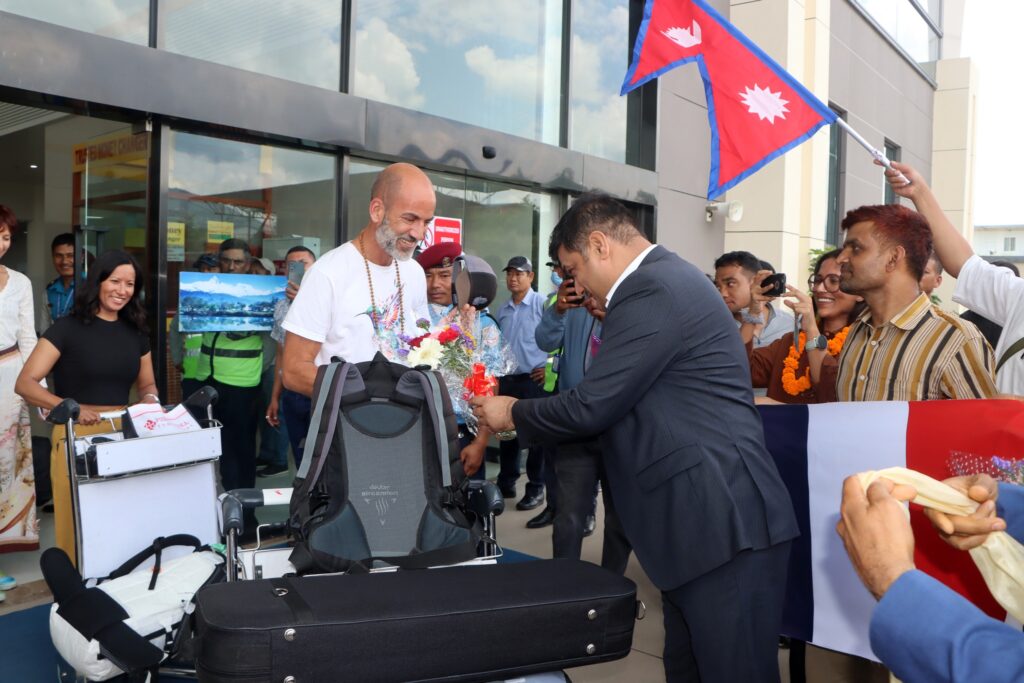
The main celebration includes a commemorative trek to the Annapurna Base Camp, with participation from Nepali and French dignitaries. Maniraj Lamichhane, Chief of NTB Gandaki Province, confirmed that the trekking program commenced today and will continue until Jestha 19, as part of the Diamond Jubilee events. The collaborative expedition aims not only to honor past achievements but also to promote sustainable and heritage-based mountain tourism in the Annapurna region.
Inauguration of Maurice Herzog Trail and Marathon Event
One of the landmark moments of the celebration will be the naming of the trekking trail from Narchyang to Annapurna Base Camp as the “Maurice Herzog Trail.” This initiative is expected to preserve the historical significance of the first ascent and promote it among future trekkers and mountaineers.
To further energize the celebrations, a 30-kilometer marathon is being organized from the base camp area, bringing together local and international athletes and outdoor enthusiasts. This event is not only symbolic of human endurance but also intended to highlight the region’s potential for adventure sports tourism.
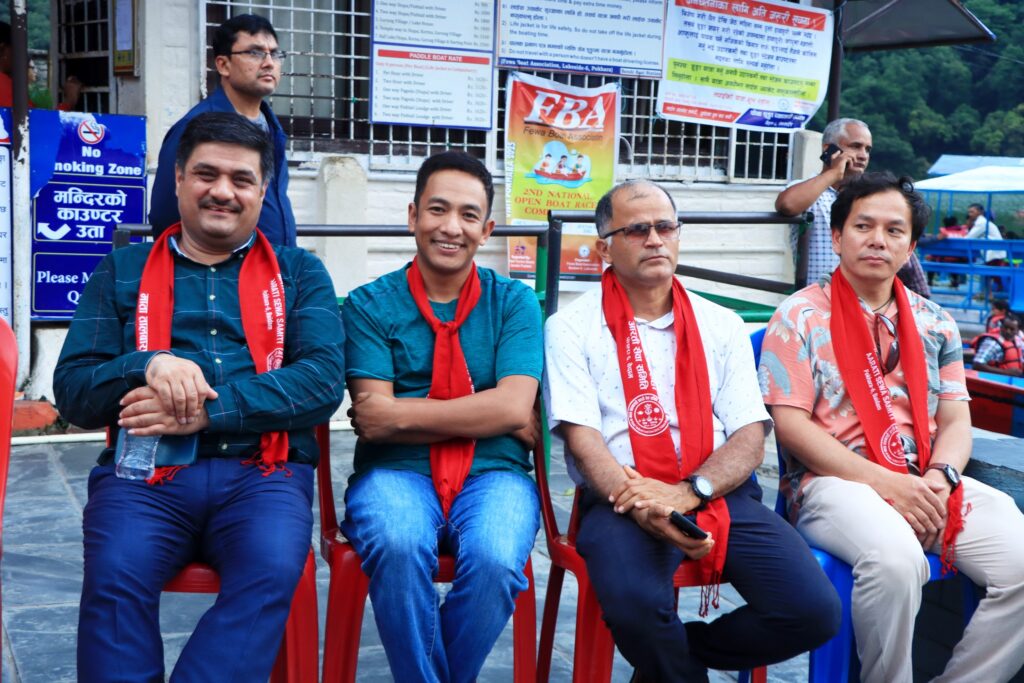
Inauguration of Open Museum and Statues of Historic Climbers
On Jestha 19 (June 2), a special unveiling ceremony will be held at the base camp to inaugurate statues of Maurice Herzog, Louis Lachenal, and Nepali Sherpa Sonam Wangchu Sherpa, who were part of the pioneering ascent. These statues will honor the courage and determination of the climbers who etched Annapurna I into world mountaineering history.
Additionally, an open-air museum has been constructed at the Annapurna Base Camp to chronicle the evolution of mountaineering in Nepal. This unique initiative is expected to serve as an educational and historical landmark for trekkers and tourists visiting the region.
Prime Minister’s Involvement
According to the organizers, Prime Minister KP Sharma Oli is scheduled to virtually inaugurate the Herzog Trail and unveil the statues during the main event at the base camp. His presence underscores the government’s commitment to tourism development, particularly in promoting Nepal’s mountaineering heritage on a global scale.
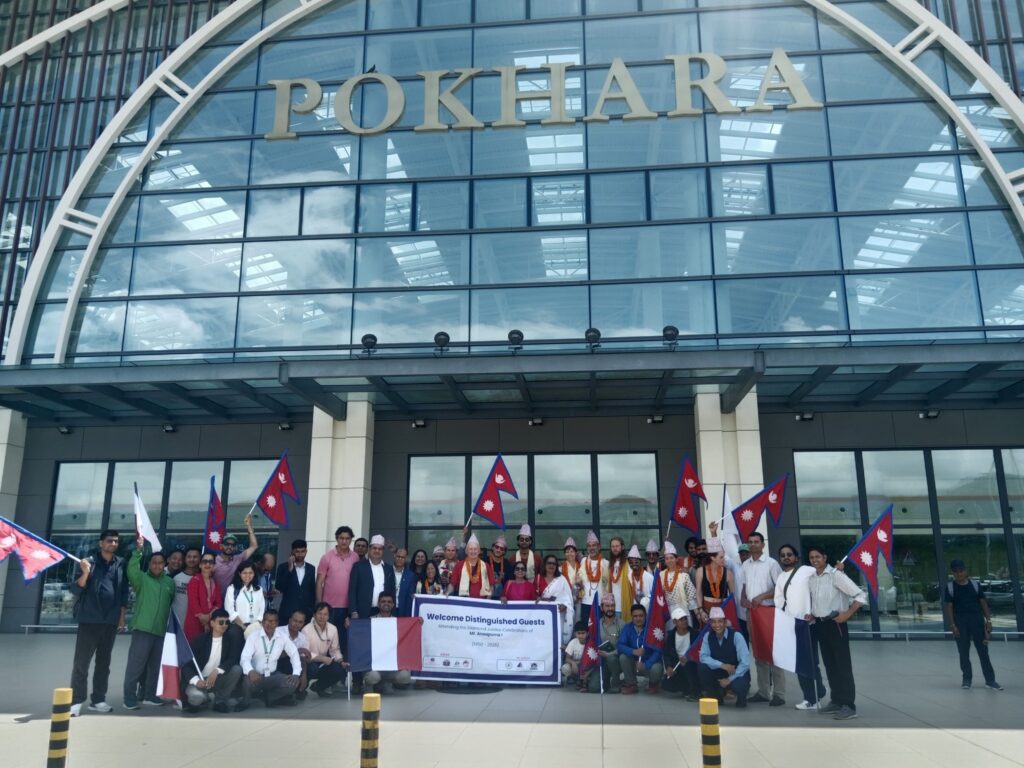
Symbolic and Global Significance of Annapurna I
Annapurna I holds a special place in mountaineering history as the first 8,000-meter peak ever climbed by humans. The summit was conquered in 1950 by a French expedition led by Maurice Herzog and Louis Lachenal, along with the vital support of Nepali Sherpas. This historic feat predates the successful ascent of Mt. Everest (Sagarmatha) by three years and made Annapurna the first of the world’s 14 eight-thousanders to be summited.
Due to this pioneering achievement, Annapurna is often referred to as the “eldest Himalayan peak” in climbing history, capturing the attention and admiration of the global mountaineering community.
Promoting Mountain Tourism Amid Climate Concerns
Tourism experts believe that this celebration holds exceptional importance, particularly at a time when climate change is increasingly affecting the Himalayan region. The Diamond Jubilee event is expected to raise awareness about environmental conservation while reinforcing the value of mountain tourism in Nepal.
According to NTB Gandaki’s Lamichhane, organizing the celebration directly at the base camp adds authenticity to the event and promotes immersive tourism experiences. This approach will, he believes, significantly contribute to mountain tourism promotion and set a model for future commemorative events.
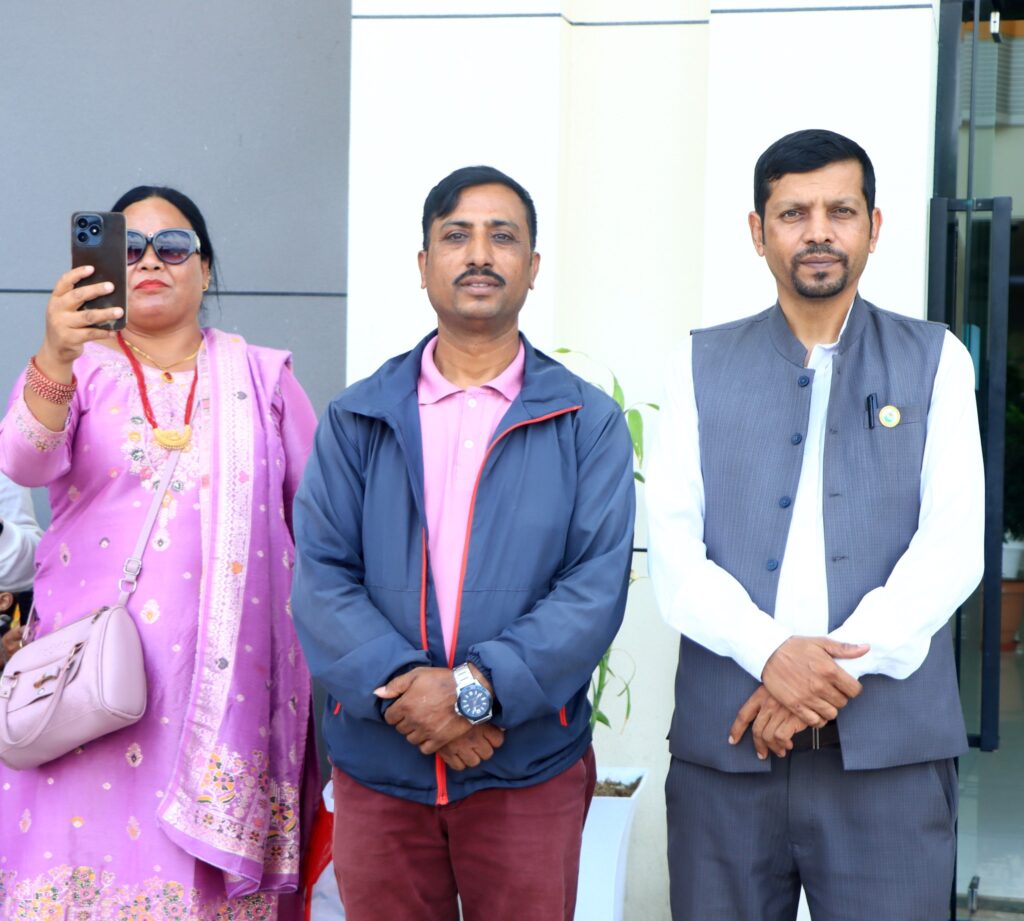
Likewise, Chair of Pokhara Tourism Council, Taranath Pahari, emphasized the global relevance of the program. “By highlighting Annapurna I as the first eight-thousander ever climbed, we are showcasing Nepal’s long-standing mountaineering heritage to the world. This will not only attract mountaineers but also cultural and adventure tourists seeking authentic experiences,” he said.
A Step Toward Sustainable and Inclusive Tourism
As Nepal gears up to rejuvenate its tourism industry post-pandemic, the Diamond Jubilee of Annapurna I’s first ascent symbolizes renewal and recognition. By connecting history, culture, environment, and adventure, the celebration presents a powerful opportunity to advance eco-tourism and heritage-based travel in the Himalayas.
The week-long celebration is expected to draw global attention and further position Nepal as a premier destination for mountain exploration, trekking, and high-altitude tourism.
